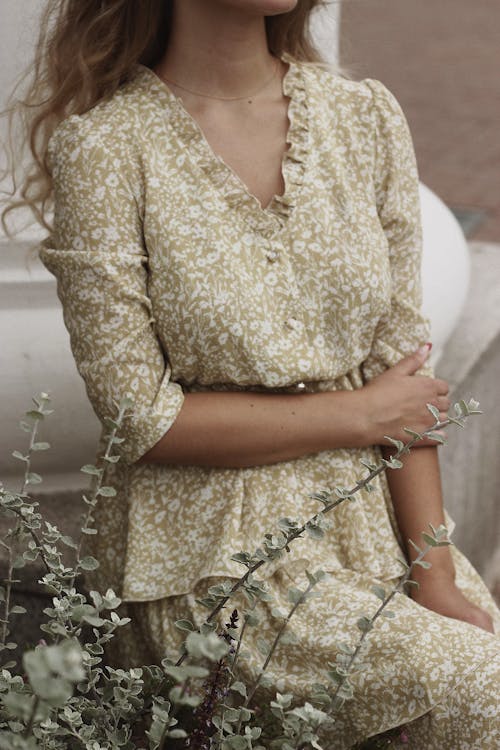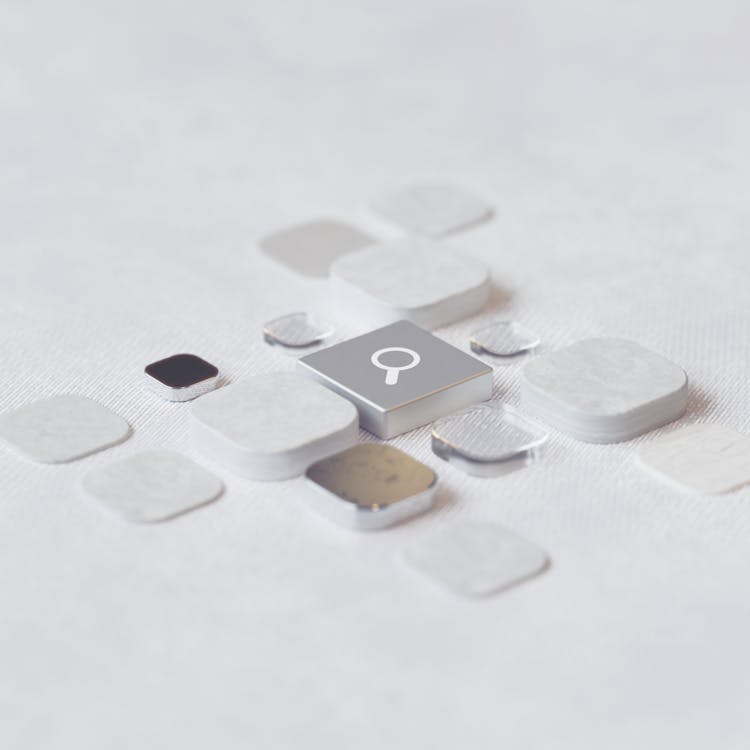The Timeless Appeal of Grunge Style: A Journey Through Fashion Rebellion
In the vast spectrum of fashion, there exists a realm where rebellion meets authenticity, where disheveled elegance reigns supreme, and that realm is none other than grunge style. Emerging from the underground music scene of the late 1980s and exploding into popular culture in the 1990s, grunge style has maintained its allure and relevance through the decades, transcending trends to become an enduring symbol of nonconformity and individuality.
A Brief History
Grunge style originated in the Pacific Northwest, particularly in Seattle, Washington, amidst the thriving alternative rock scene of the late 1980s. Bands like Nirvana, Pearl Jam, and Soundgarden epitomized the grunge ethos with their raw, unpolished sound and anti-establishment lyrics. As the music gained popularity, so too did the fashion associated with it.
Characterized by its deliberately unkempt appearance and anti-fashion attitude, grunge style served as a stark contrast to the polished and glamorous trends of the time. It drew inspiration from various sources, including punk, metal, and vintage clothing, blending elements of thrift store finds with designer pieces to create a look that was simultaneously effortless and rebellious.
Key Elements of Grunge Style
- Plaid Flannel Shirts: Perhaps the most iconic garment associated with grunge style, plaid flannel shirts became a staple in the wardrobes of grunge aficionados. Worn oversized and often layered over band t-shirts or paired with ripped jeans, these shirts embodied the laid-back aesthetic of the movement.
- Distressed Denim: Grunge style embraced the art of deconstruction, with ripped, faded, and frayed denim serving as a cornerstone of the look. Whether in the form of jeans, shorts, or jackets, distressed denim added a rugged edge to outfits, reflecting the DIY ethos of the subculture.
- Band T-Shirts: Graphic band t-shirts were a ubiquitous feature of grunge fashion, serving as both a nod to musical influences and a means of self-expression. Whether featuring the logo of a favorite band or a provocative slogan, these shirts were worn with pride as a symbol of allegiance to the alternative music scene.
- Combat Boots: Footwear played a crucial role in completing the grunge aesthetic, with chunky combat boots being a favored choice among adherents of the style. Often scuffed and worn-in, these boots exuded an air of urban grittiness, providing both style and practicality for traversing the city streets.
- Layering: Grunge style embraced a relaxed approach to layering, with garments worn haphazardly and without concern for traditional notions of coordination. Oversized sweaters, flannel shirts, and denim jackets were piled on with abandon, creating a look that was effortlessly cool and effortlessly anti-establishment.
The Legacy of Grunge Style
While the heyday of grunge may have been the 1990s, its influence continues to reverberate through contemporary fashion and culture. Designers regularly draw inspiration from the grunge aesthetic, incorporating elements such as plaid, distressed denim, and combat boots into their collections https://afs2014.org .
Moreover, the spirit of grunge lives on in the ethos of authenticity and rebellion that it represents. In a world where trends come and go at breakneck speed, grunge style remains a beacon of individuality, reminding us to embrace imperfection and to resist the pressures of conformity.
In conclusion, grunge style is more than just a fashion trend; it’s a cultural movement that embodies the spirit of defiance and authenticity. From its humble beginnings in the underground music scene to its enduring influence on contemporary fashion, grunge style continues to captivate and inspire, proving that true style knows no boundaries and that rebellion never goes out of fashion.





:max_bytes(150000):strip_icc()/definition-of-mental-illness-4587855-v1-cd7f9f37c61c49099ac8ede282db1e73.png)





